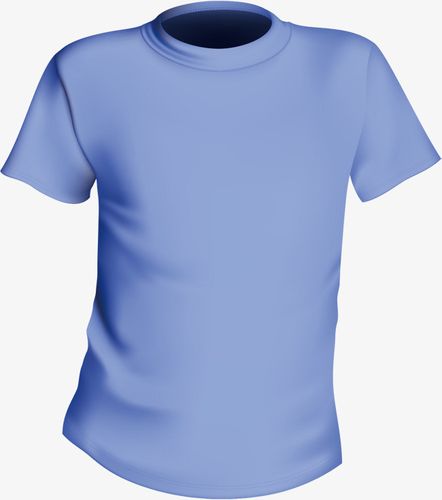Identifying fabrics that are less prone to pilling is important to purchasing durable and high-quality clothing. The following are some methods and related signs for judging fabrics that are not prone to pilling:
1. Fabric density: High-density fabrics are less likely to produce pills. When purchasing clothing, you can make a preliminary judgment by observing the weave and density of the fabric. Generally speaking, fabrics with a tighter and more delicate weave are less likely to pill. For example, plain weave, twill, jacquard and other weaving methods are more wear-resistant than simple plain weave methods.
2. Fabric fiber: Some fiber materials are less prone to pilling than other fibers. For example, among natural fibers, silk has high strength and smooth surface, and is not prone to pilling; among chemical fibers, polyester fiber and nylon are also relatively less prone to pilling. Therefore, you can give priority to clothes made of these fabrics when purchasing.
3. Fabric treatment: Some fabrics will undergo special treatment to improve their durability and prevent pilling. For example, anti-pilling treatment, heat setting treatment, etc. can make the fabric more durable. When purchasing, you can pay attention to the fabric label or consult the salesperson to find out whether the fabric has been specially treated.
4. Recognized fabric labeling: Many countries have their own textile labeling systems, which represent fabric characteristics through symbols or words on the label. For example, the European OEKO-TEX standard and the American FTC label will indicate the pilling grade of the fabric. These signs can provide some reference to help consumers choose fabrics that are not prone to pilling.
It should be noted that there is no absolute pill-free fabric, because the way the fabric is used and maintained will also affect its durability. Even with good-quality, pill-free fabrics, pill-pilling problems can still occur if not properly cared for and washed. Therefore, after purchasing clothes, follow the appropriate washing methods according to the clothing labels and avoid friction with rough objects, which can extend the service life of the clothes and maintain the quality of the fabrics.






